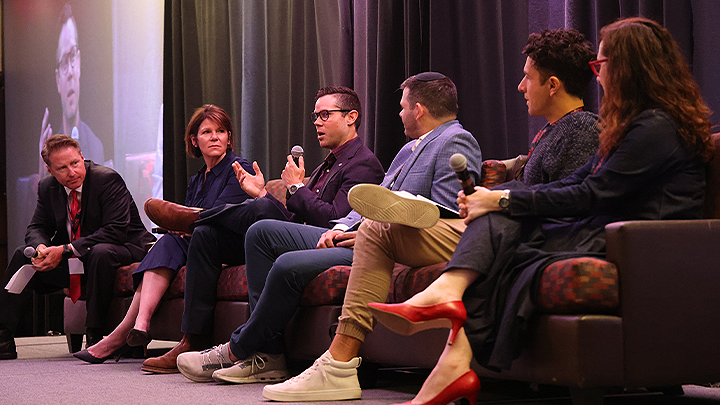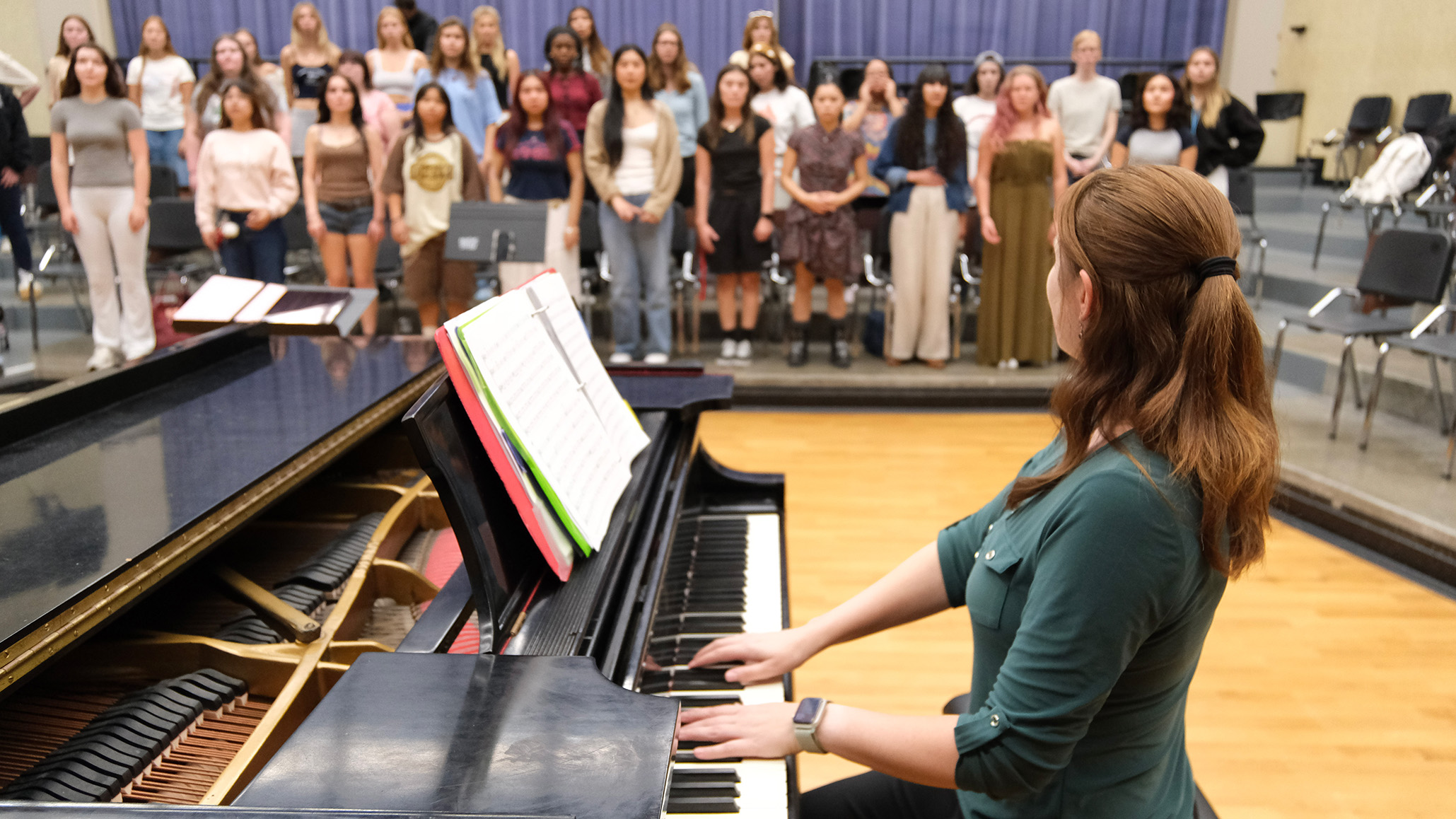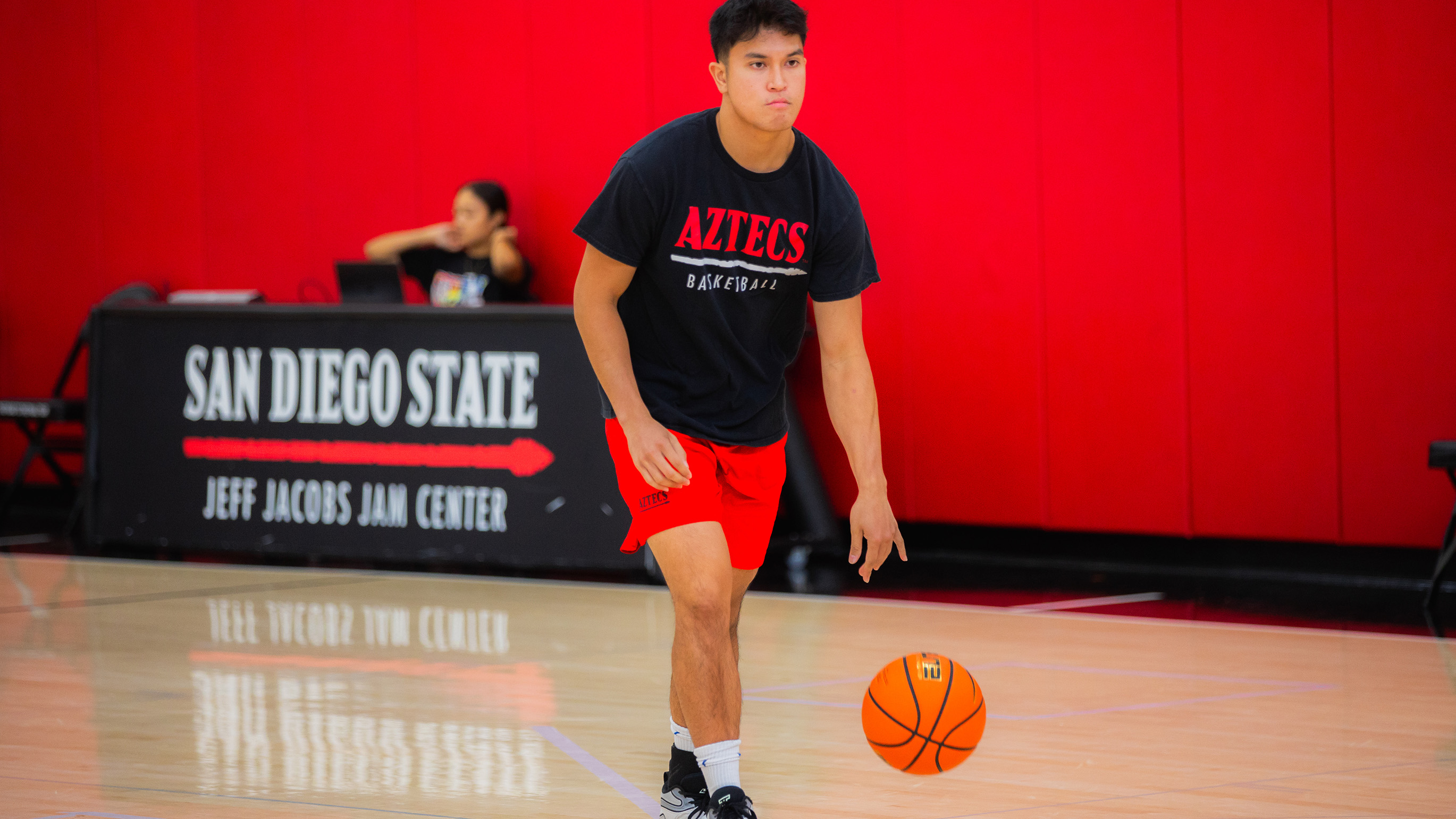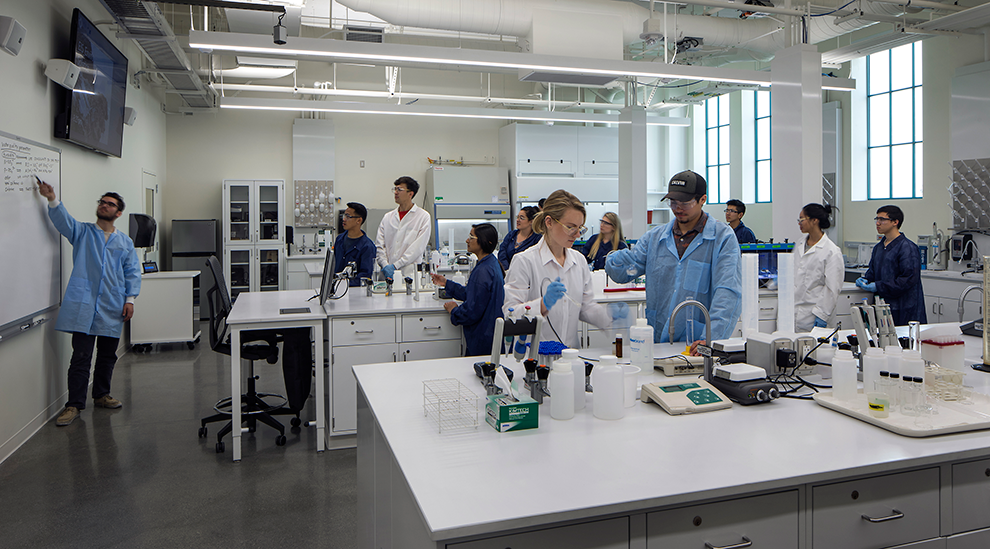SDSU hosts summit on artificial intelligence in education
Students have already embraced the technology, experts say, which will be a job requirement in many fields.

More than 200 educators, business leaders and information technology experts, including representatives from all 23 California State University system campuses, gathered at San Diego State University Friday to discuss the evolving impact of artificial intelligence in education.
The Academic Applications of AI Summit, held at the Parma Payne Goodall Alumni Center, was organized to allow attendees to collaborate, share knowledge, and with a focus on practical strategies, discuss how education might change in the era of artificial intelligence.
After a full day of discussion, there was general agreement that AI has the potential to accelerate learning, making it more personal and equitable. Some speakers said university graduates with AI experience will have a competitive advantage over those who don’t.
In an opening keynote address, MJ Jabbour, chief innovation officer for education at Microsoft, said AI holds promise for course scheduling, academic advising and helping students navigate their way through the “general bureaucracy” of higher education.
More importantly, he said, the workforce being trained at college campuses today needs to be comfortable with technology that learns from experience and performs work as well as (and in some cases, better than) that done by humans.
“You have to be the metacognition for the tool,” said Jabbour. “It’s a block of cold metal and you’re the warmth. It’s how we accelerate who we are and what we do.”
Quoting research from Goldman Sachs, Jabbour said 40 to 70% of every hour of work today can be automated using current versions of generative AI, which can be used to create text, images, and video.
“We’re going to need different skills in this age,” Jabbour said. As an example, he pointed out that learning how to best prompt AI tools is becoming more important than learning to code, which can largely be done by those tools.
The speakers and a number of panel discussions featuring industry, students, faculty, CIO, and research and innovation representatives exposed a gulf in AI expectations and use in higher education as applications such as Chat GPT gain more and more traction in everyday use.
“You may not lose your job to AI,” said one industry panelist, “but you’ll probably lose it to someone who leverages AI.”
James Frazee, SDSU interim chief information officer and vice president for information technology, said an October 2023 survey showed that nearly six out of 10 SDSU students already use AI in some fashion, while fewer than two in ten faculty members have brought the technology into their classrooms.
“It’s clear we find ourselves at a pivotal point where familiar paths intersect with the possibilities of the future,” Frazee said in welcoming remarks at the summit. “And it’s exciting, isn’t it.”
Frazee recently co-authored with SDSU President Adela de la Torre a column in Inside Higher Ed that, in speaking to the recent SDSU survey, advocates for higher education leaders to level the playing field in AI while protecting equity and driving opportunities for students, faculty and staff.
“Now is the time to act. As AI continues to reshape the educational landscape, we must prioritize affordability, equity and responsible usage so that all students have the opportunity to thrive in an increasingly AI-driven world,” de la Torre and Frazee wrote.
In a summit panel, students reported a range of policy experiences, ranging from coding classes where the use of AI is expected, to a political science class where the use of the tool in carrying out assignments is considered academic dishonesty.
In a closing keynote, Marta Rey Babarro, vice president of research and insights for Zillow, the real estate website, said AI has great potential to improve student outcomes through “personalized learning.”
Under this model, she said, AI-powered systems would analyze a student’s learning patterns, strengths and weaknesses and adapt instruction to their individual needs in real time. Students would receive added support in areas where they struggle.
Babarro reflected a consensus of the summit’s participants in characterizing artificial intelligence as a tool with benefits outweighing potential drawbacks.
“We’re going to make it work,” she said. “We already made it work during COVID, so this will be a piece of cake.”
SDSU this year introduced an Academic Applications of AI (AAAI) Faculty Micro-Credential, a comprehensive program to prepare instructors and staff to apply generative AI technology efficiently, effectively, and ethically in the classroom. A highlight of the summit was the announcement that SDSU will make the AAAI Micro-Credential available to all faculty in the CSU.
For more information on SDSU’s AI Student Survey, and the AAAI Micro-Credential, visit: https://it.sdsu.edu/ai



